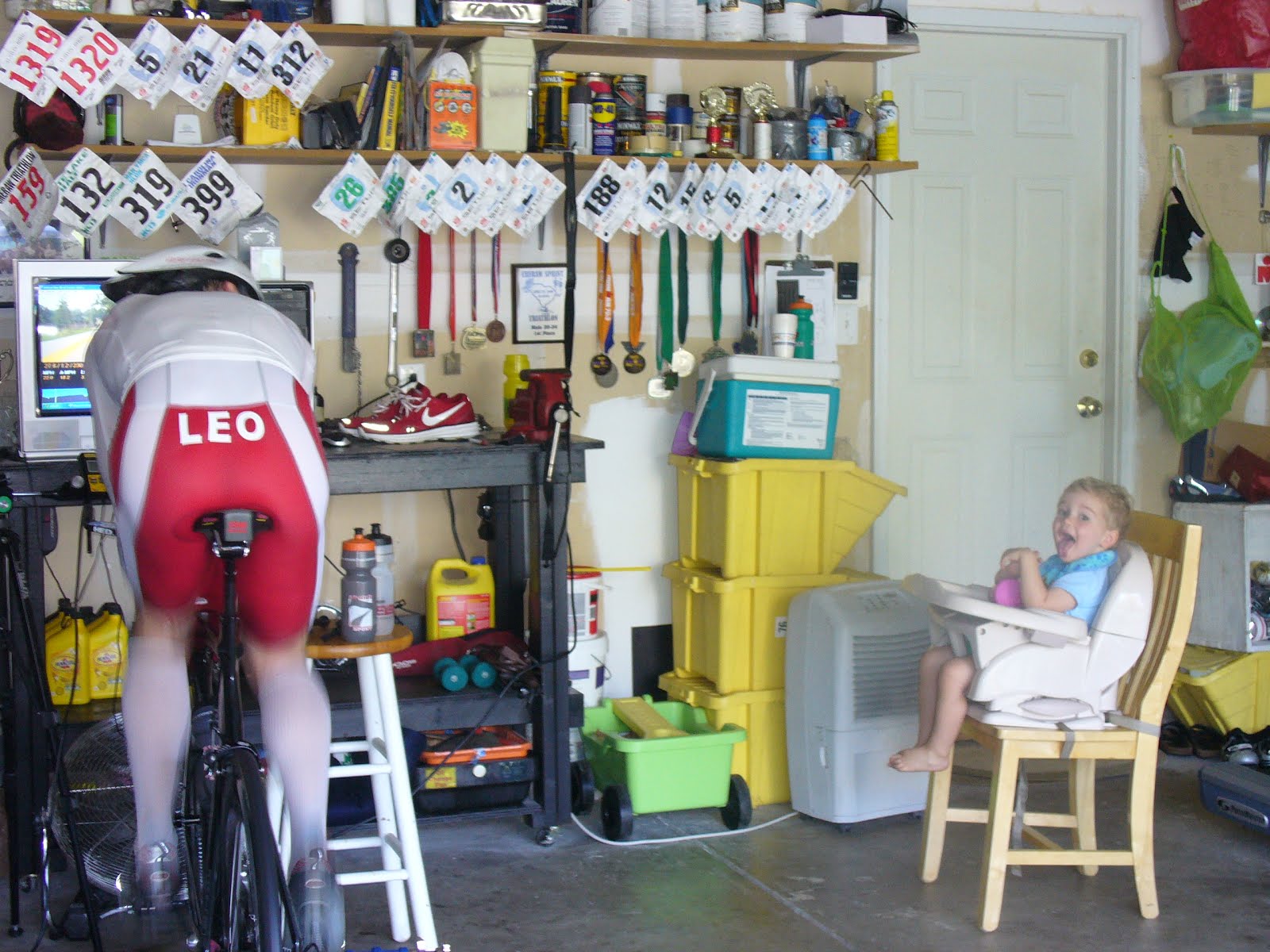"Ironman in 10" Update
As you can see there is a 'new' look to the "Ironman in 10" blog. The mindset behind the Fe10 was to emphasize the calculated and methodical use of science in training/racing within the sport of triathlon. By replacing the atomic number of 26 with 10 the "Ironman in 10" evolved to "Iron in 10" via the Fe useage. I know its a bit abstract, but I like the look of it.
For 2011 I will be assisting 10 athletes using my tried and true methods. These athletes will be using this method to prepare for the 70.3 to the full distance. I look fortward to sharing their successes along the way. Stay tuned.
Coach L Update
By now most of you have locked in on your race schedule and are all fired up. I am still trying to determine my filler events, but the 'A' events are locked in.
For 2011 I hope to hit White Lake 1/2, Ironman Louisville, and Kona. Those are my big three. In a week or so I'll be posting up the 2011 race schedule.
SWIM BASELINE TEST #1
This morning marked the second workout of the year and it provided some solid baseline data to work from. Today I executed a 1000 yd 'time trial' with an emphasis on swimming efficiency and sustainable power per stroke vs raw speed. Using the Finis Tempo Trainer I dialed in on a 1.15 stroke rate; one stroke every 1.15 seconds.
What I love about this test is that you are forced to engage the water consistently for a set distance. There is NO room for getting sloopy with this one. This 1.15 setting equated to a 13 stoke count per 25. So, for 1000 yards I honed in on this stroke rate and came up with a 500/500 split.
1st 500 = 6.47.00 (1:21/100 yds)
2nd 500 = 6.54.18 (1:22/100 yds)
13:41 total time
Numbers aside, this test provides immediate feedback for those who are lacking in muscular strength/endurance at the swimming specific muscle groups. In other words, in the last 500 I started to find that to stay with the tempo I was unable to finish each stroke fully. This forced me to rush to and through the 'recovery phase' of the stroke to once again engage the water.
I also find that this test forces the athlete to maintain an efficient and steady kick. If one neglects to maintain 'back end traction' they will not be able to swim long and with such few strokes. A 4 to 6 kick per stroke frequency is required.
All in all, this swim baseline test is not intended to determine high end swim speed, but will allow an athlete to see progress at a sustainable "IM Pace" (Ironman pace) to "HIM pace" (Half Iron).
I look forward to re-testing with the 1.15 every month and finding better 500/500 splits. With the use of "IM in 10" training methods I plan to see a closer match between the 500s and a sub 13 stroke count to boot.
The process of refining your engine is awesome.
Train smart friends!
Coach L

No comments:
Post a Comment